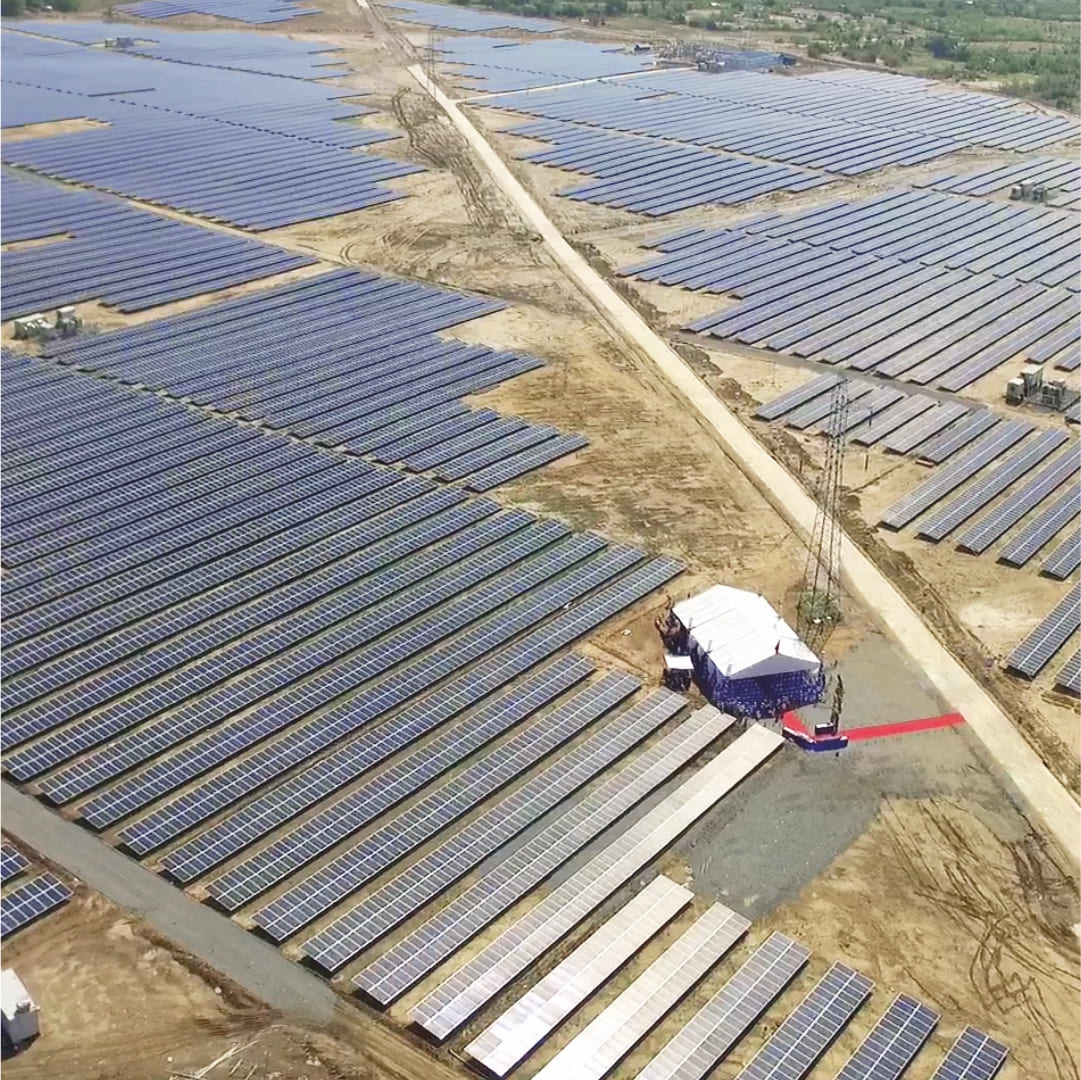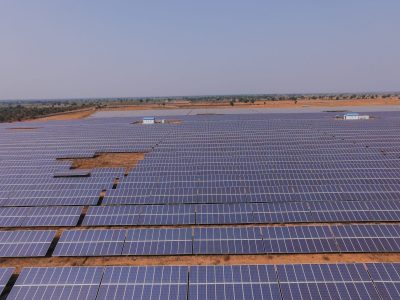Solar Farms: Harvesting Clean Energy on a Large Scale
As climate change continues to threaten our planet, there is an urgent need to transition to renewable energy sources. Solar power is emerging as one of the most promising technologies, offering clean and abundant energy. However, to make full use of solar potential, we need to generate it at scale. This is where solar farms come in.
Solar farms, also known as solar parks or solar power stations, are large-scale solar power generation systems that convert sunlight into electricity. They consist of several acres of land with numerous solar panels installed to capture and convert solar radiation into direct-current electricity. The power generated is then fed into the electricity grid for wider use. With economies of scale, solar farms can generate solar power at competitive prices compared to fossil fuels.
Benefits of Solar Farms
There are several advantages to setting up utility-scale solar farms:
- Clean energy: Solar farms produce electricity without any carbon emissions, air pollution, or waste generation. This makes them ideal for meeting sustainability goals and reducing environmental impacts.
- Cost efficiency: Large-scale solar installations can significantly reduce the levelized cost of solar electricity due to bulk procurement of components, lower project development costs per unit power capacity, and improved capacity utilization.
- Increase energy access: Solar farms allow displacing fossil fuels in the energy mix, indirectly increasing electricity access in areas with supply deficits. They can also power nearby off-grid villages.
- Grid stability: Solar generation through farms occurs mostly during the day, aligning well with peak power demand periods. This reduces pressure on the grid and the need for expensive peak power plants.
- Job creation: Large solar farms require land, financing, and laborers for construction. Their development stimulates local employment and economic activity.
Types of Solar Farms
Solar farms can be broadly classified into two main types:
- Photovoltaic (PV) Solar Farms
PV solar farms use solar panels made up of photovoltaic cells to convert sunlight directly into DC electricity. This power is then converted to AC electricity through inverters for transmission to the grid.
- Concentrated Solar Power (CSP) Plants
CSP plants use mirrors to concentrate a large area of sunlight onto a central receiver. The concentrated heat is then used to generate superheated steam to run a turbine and generate electricity. CSP allows incorporating low-cost thermal energy storage to address solar intermittency.
Within these two types, solar farms can further have different configurations based on site conditions, electricity off-take mechanisms, and other factors. These include tracking system technology, mounting structures, grid integration infrastructure, and complementary technologies like wind energy.
Solar Farms in India
India has set an ambitious target of achieving 500 GW of non-fossil fuel electricity capacity by 2030. Out of this, solar power is expected to contribute 280 GW. Reaching this target would require setting up dozens of large solar parks across the country.
Choosing the Right Location
Identifying the optimal location is crucial for setting up an efficient and high-performing solar farm. Site selection depends on various factors:
Land Availability – Solar farms require large, contiguous, unused land parcels for the installation of numerous ground-mounted solar panels. Barren and inferred lands are preferred over cultivation areas. Proximity to the grid, roads, water sources, and local infrastructure is also assessed.
Insolation Levels – Insolation refers to the amount of solar radiation received at a location. Areas with higher annual insolation – around 1,800 to 2,300 kWh/m2 annually – are better suited. Desert areas maximize generation but may need longer transmission infrastructure.
Weather Conditions – Solar generation is impacted by environmental factors like temperature, rainfall, humidity, etc. Sites with minimal cloud cover, rainfall, dust storms, and wind provide ideal conditions. However, extreme temperatures can also reduce solar panel output.
Connecting Infrastructure – Ready availability of transmission infrastructure like substations, transformers, and transmission towers helps easily integrate solar power with the grid. Areas farther from existing infrastructure require building connecting infrastructure, increasing project cost.
Land Acquisition Policy – State government policies related to land leasing, fees, conversion use need to be favorable. Any restrictions related to parcel size, land type, auctions, etc. also require consideration during site selection.
Undertaking detailed site surveys and feasibility studies on these aspects ensures locating optimal sites for solar farm development with maximum generation potential.
Conclusion
The sun offers a free, abundant, and renewable energy source. Solar farms allow for harnessing this potential on a massive scale to generate clean electricity at a low cost. With supportive policies, rapid technological advances, and private participation, solar farms can become the cornerstones of India’s energy future.
As India’s leading EPC solutions provider, Waaree offers high-quality solar panels along with complete turnkey solutions for setting up efficient solar farms across the country. With over three decades of experience in the solar industry, Waaree has executed large numbers of solar projects and has a solar panel manufacturing capacity of over 2.5 GW. Waaree utilizes state-of-the-art technologies and innovative solutions to deliver maximum plant performance and return on investment.
From feasibility studies to design, engineering, component sourcing, construction, commissioning, and O&M, Waaree provides comprehensive end-to-end EPC services tailored to client needs. If you are planning a solar power project, get in touch with Waaree’s experts to make it a success. With expertise across technologies and strong partnerships, Waaree can deliver solar farms on time and within budget, ensuring maximum bankability and performance. Visit Waaree`s official website and contact Waaree today to discuss your solar plans and get a project consultation from industry leaders.
Post a comment
You must be logged in to post a comment.





